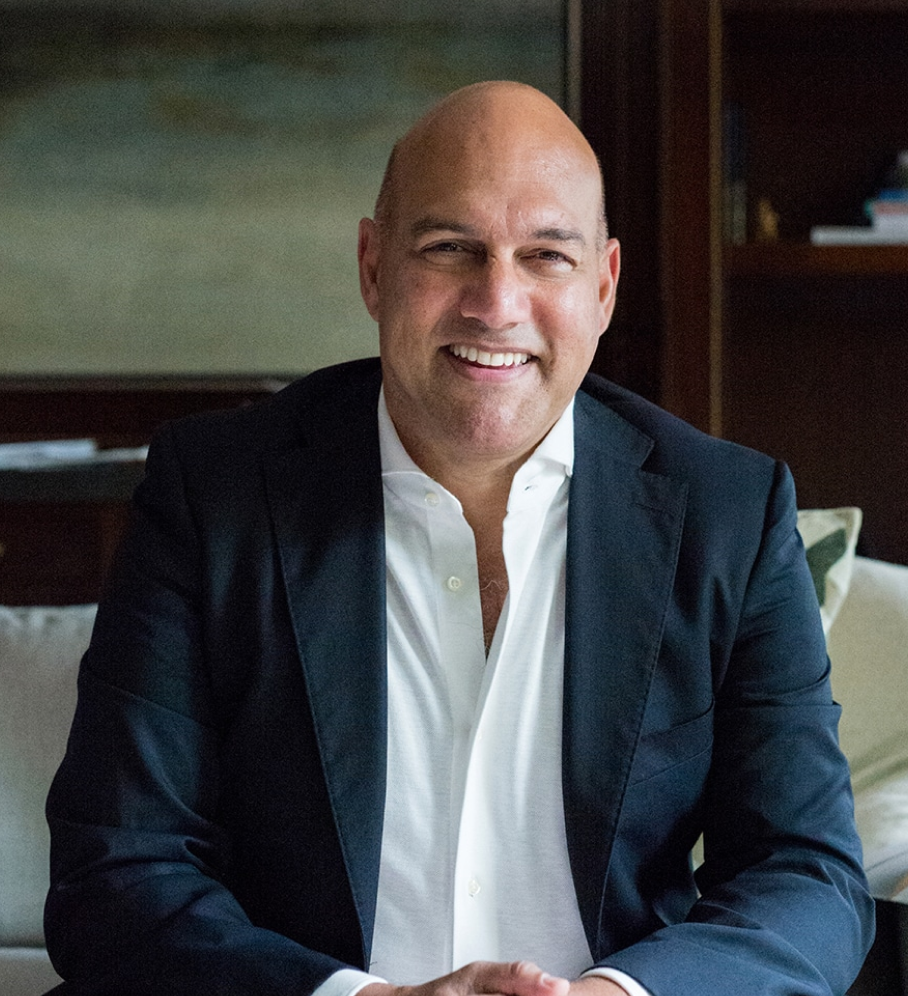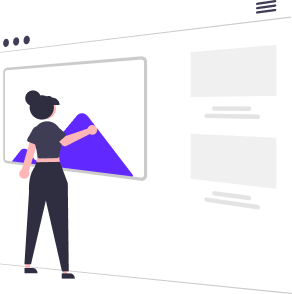Lesson 9. Everything is Measurable and Anything is Knowable
The first accelerometers (devices used to measure motion in three dimensions) were the size of a shoebox and weighed about two pounds. Today’s models measure just two millimeters across, weigh almost nothing, cost about 35 cents, and are found in every smartphone on the planet.
Welcome to the sensor revolution, one of the most important and least celebrated technological revolutions of our time. A BMW automobile today has more than 2,000 sensors, tracking everything from tire pressure and fuel levels to transmission performance and sudden stops. The modern aircraft engine has as many as 3,000 sensors, measuring billions of data points per voyage.
The world’s more than 8 billion mobile phones, most equipped with high-resolution cameras, can record anything and everything in real time, from a baby’s first words to the events on the ground in Ukraine. Like it or not, we are hurtling towards a world of radical transparency—and losing much of our privacy to the trillions of sensors recording our every move. Beyond Verbal, an Israeli company, can analyze the tonal variations of a 10-second clip of your voice against 400 measurables to determine your mood and underlying attitude with 85% accuracy.
Add drones, which cost less than $100 a pop and can be flown at a variety of altitudes, their five-gigapixel cameras capturing everything in the landscape below. Finally, consider the several nanosatellite companies launching mesh configurations of hundreds of satellites into low-Earth orbit, which will provide real-time video and images anywhere on the planet. Given the staggering pace of technological innovation, the possibilities are endless.
On a much more intimate level, the human body has approximately 40 trillion cells operating as an ecosystem of unimaginable complexity. For all that intricacy, however, we usually track our health using just three basic metrics: temperature, blood pressure, and pulse rate. Imagine if we could measure each one of those 40 trillion cells—and not with just three metrics, but with a hundred? What would happen if we could track the levels of thousands of proteins in our bloodstream, organs, and tissues and correlate those levels in real time with our health, energy levels, and mental alertness? What incredible insights would we glean from analyzing these mountains of data, correlating cause and effect?
Another technology, laser spectroscopy, is currently being used to analyze food and drink for allergens, toxins, vitamins, minerals, and calories. Companies already exploring this technology’s capabilities include Apple, SCiO by Consumer Physics, TellSpec, Vessyl, and Airo Health. Before long, laser spectroscopy will be used as a medical and wellness indicator, as well as to measure and track everything in our bodies, including biomarkers, diseases, viruses, and bacteria. For example, Yonatan Adiri, founder of OwnHealth, and Jon Carter, CEO of Vessel Health, both use the cloud to analyze smartphone photographs of urine test strips in order to diagnose many medical conditions.
ExOs are taking advantage of this accelerating trend in two important ways: by creating new business models on existing data streams and by adding new data streams to old paradigms. As these and hundreds of other examples suggest, we are moving toward a world in which everything will be measured, and anything can be knowable, both in the world around us and within our bodies. Only enterprises that plan for this new reality will have a chance at long-term success.
Updated ExO Implications 2.0
Join Our ExO Community - Unlock Exponential Growth!
Traditional growth models risk obsolescence. Learn how to become an Exponential Organization (ExO) and drive innovation with disruptive technologies. Sign up now!
Organizations implementing the formula have delivered over
- ⭐ 6.8x high profitability
- ⭐ 40x higher shareholder returns
- ⭐ 11.7x better asset turnover
- ⭐ 2.6x better revenue growth








